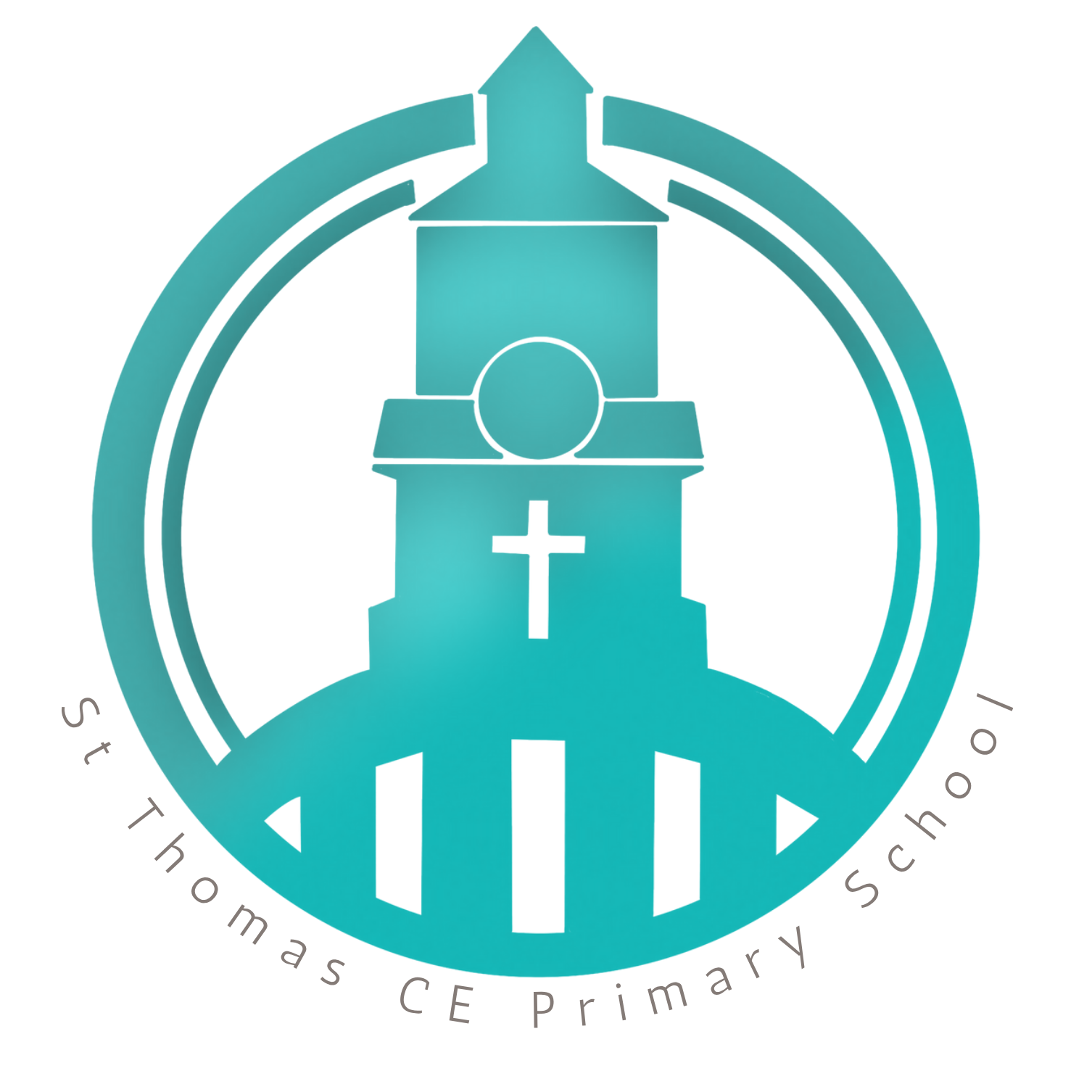Talk for Writing Toolkit: Fiction
The Talk for Writing approach enables children to read and write independently for a variety of audiences and purposes within different subjects. A key feature is that children internalise the language structures needed to write through ‘talking the text’, as well as close reading. The approach moves from dependence towards independence, with the teacher using shared and guided teaching to develop the ability in children to write creatively and powerfully.
The key phases of the Talk for Writing process, as outlined below, enable children to imitate orally the language they need for a particular topic, before reading and analysing it, and then writing their own version.

Teaching is focused by initial assessment. Generally, teachers use what is known as a ‘cold’ task or a ‘have a go’ task. An interesting and rich starting point provides the stimulus and content but there is no initial teaching. The aim of this is to see what the children can do independently at the start of a unit, drawing on their prior learning. Assessment of their writing helps the teacher work out what to teach the whole class, different groups and adapt the model text and plan. Targets can then be set for individuals.
The model text is pitched well above the pupils’ level and has built into it the underlying, transferable structures and language patterns that students will need when they are writing. This is learnt using a ‘text map’ and actions to strengthen memory and help students internalise the text. Activities such as drama are used to deepen understanding of the text. Once students can ‘talk like the text’, the model, and other examples, are then read for vocabulary and comprehension, before being analysed for the basic text (boxing up) and language patterns, as well as writing techniques or tool kits. All of this first phase is underpinned by rehearsing key spellings and grammatical patterns. Short-burst writing is used to practise key foci such as description, persuasion or scientific explanation.
Once students are familiar with the model text, then the teacher leads them into creating their own versions. A new subject is presented, and the teacher leads students through planning. With younger pupils, this is based on changing the basic map and retelling new versions. Older students use boxed-up planners and the teacher demonstrates how to create simple plans and orally develop ideas prior to writing. Ideas may need to be generated and organised or information researched and added to a planner. Shared and guided writing is then used to stage writing over a number of days so that students are writing texts bit by bit, concentrating on bringing all the elements together, writing effectively and accurately.
Eventually, students move on to the third phase, which is when they apply independently what has been taught and practised. Before this happens, the teacher may decide to give further input and rehearsal. Students are guided through planning, drafting and revising their work independently. It is essential to provide a rich starting point that taps into what students know and what matters so that their writing is purposeful. Writing may be staged over a number of days and there may be time for several independent pieces to be written. With non-fiction, students should apply what they have been taught across the curriculum. The final piece is used as the ‘hot’ task, which clearly shows progress across the unit.

